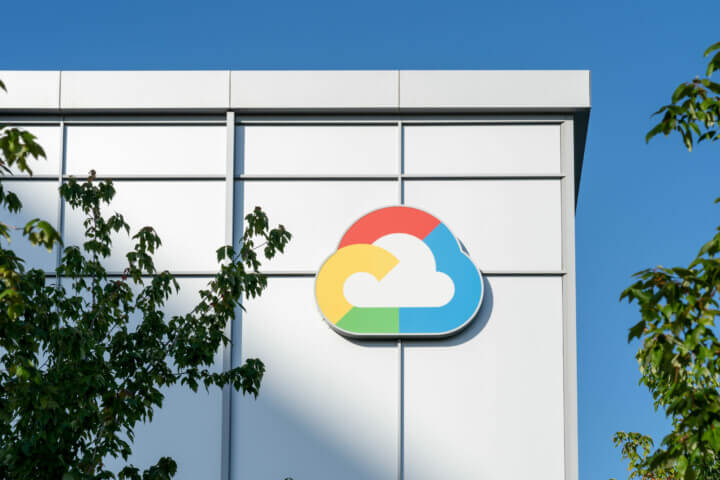Shannon Retail Park, Dublin Rd, Athlone, Co. Westmeath, N37 E2P6
info@zinkworks.com
Zinkworks is now a qualified Google Cloud Partner
 News
News
Filters
"*" indicates required fields
 News
News